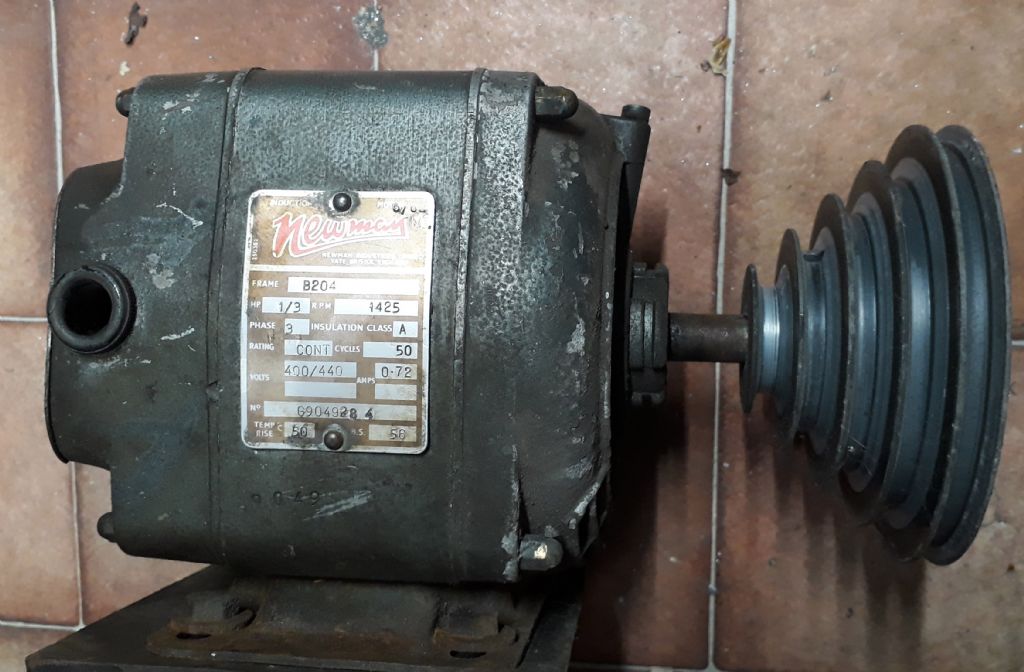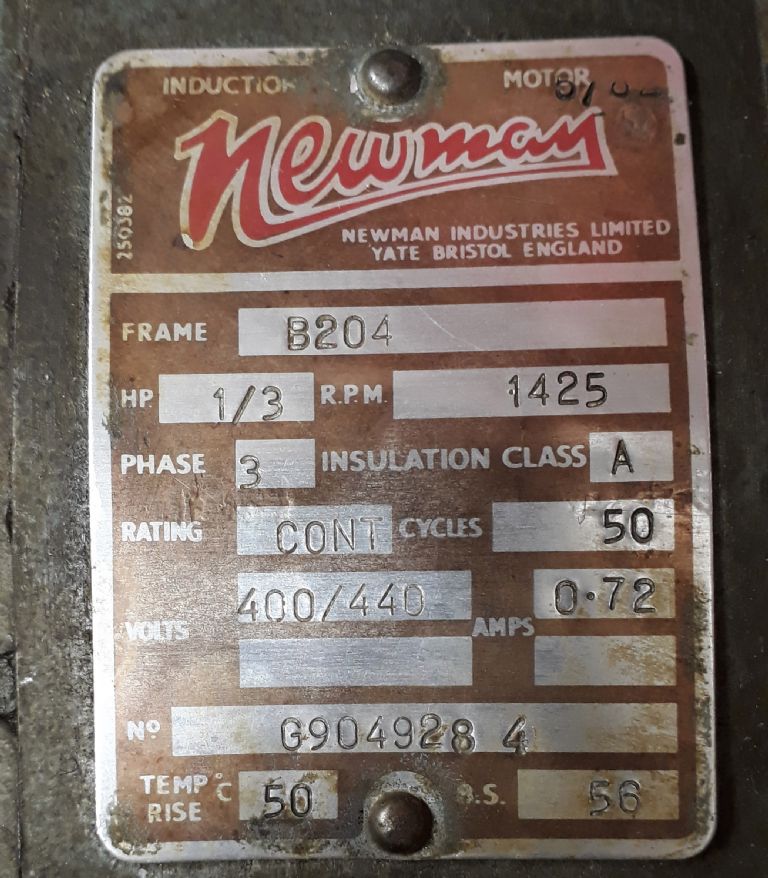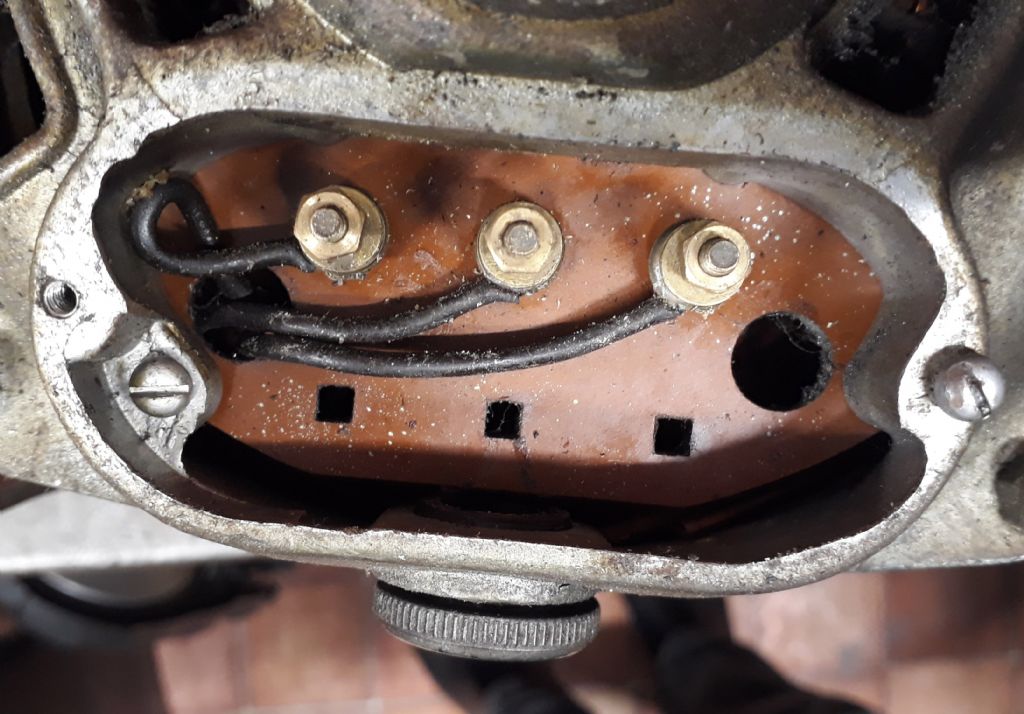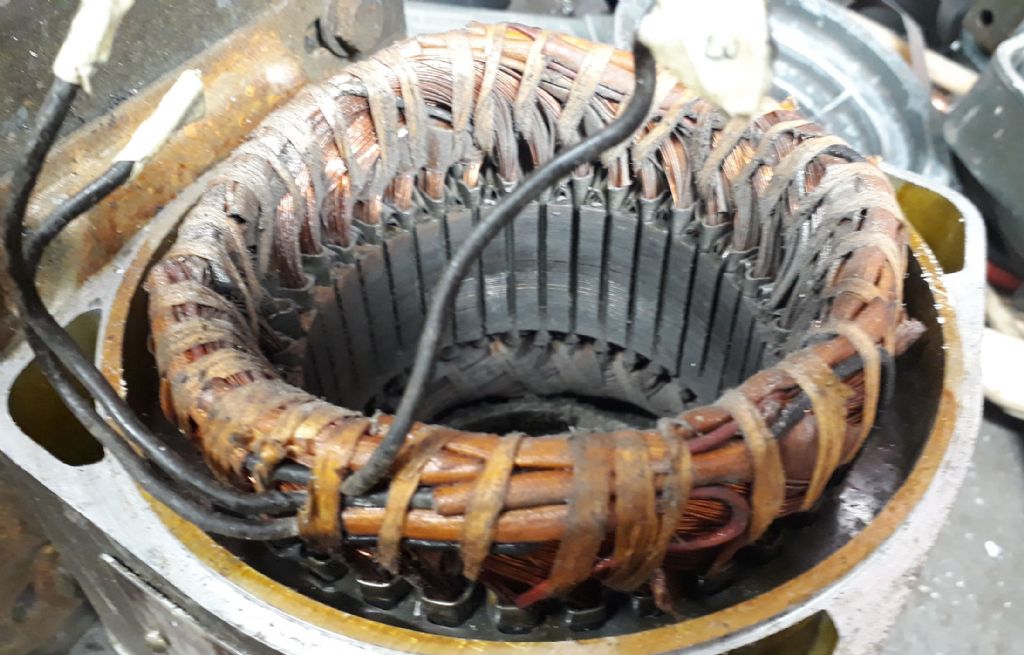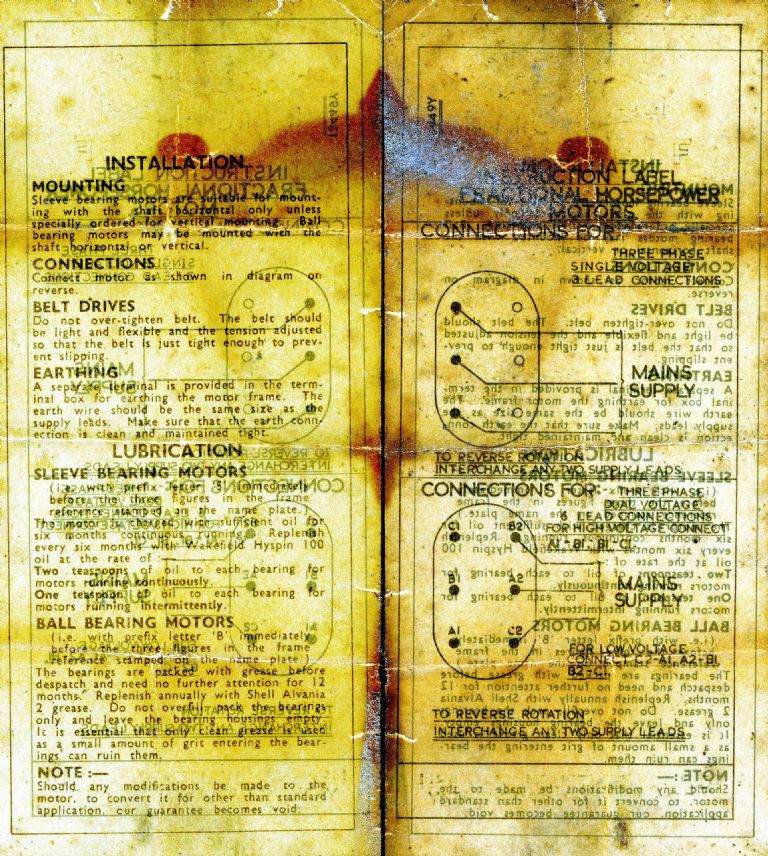Newman Motor Star To Delta?
Newman Motor Star To Delta?
- This topic has 16 replies, 11 voices, and was last updated 2 September 2021 at 17:52 by
 Vic.
Vic.
Viewing 17 posts - 1 through 17 (of 17 total)
Viewing 17 posts - 1 through 17 (of 17 total)
- Please log in to reply to this topic. Registering is free and easy using the links on the menu at the top of this page.
Latest Replies
Viewing 25 topics - 1 through 25 (of 25 total)
-
- Topic
- Voices
- Last Post
Viewing 25 topics - 1 through 25 (of 25 total)
Latest Issue
Newsletter Sign-up
Latest Replies
- Boiler hydraulic test 4 hours
- Fobco or a Clarke CMD 1225 milling capabilities? or other recommendations?
- Boiler Design – issue 4765
- DELL / StarTech [mechanical incompatibilty]
- Baumann Buco 1311 clock
- New member (a young’un)
- Pre-Setting 4-Jaw Chucks Hack for Quick Centering
- Rotary table Chuck mounting.
- UK Steel Supplier? 125 x 125 x 50 BMS
- MD65 leadscrew cross-slide stuck in nut


